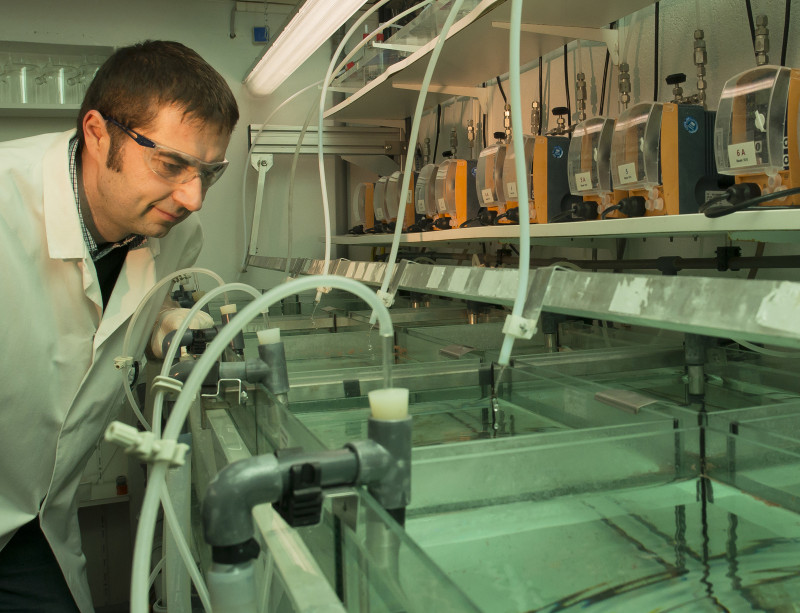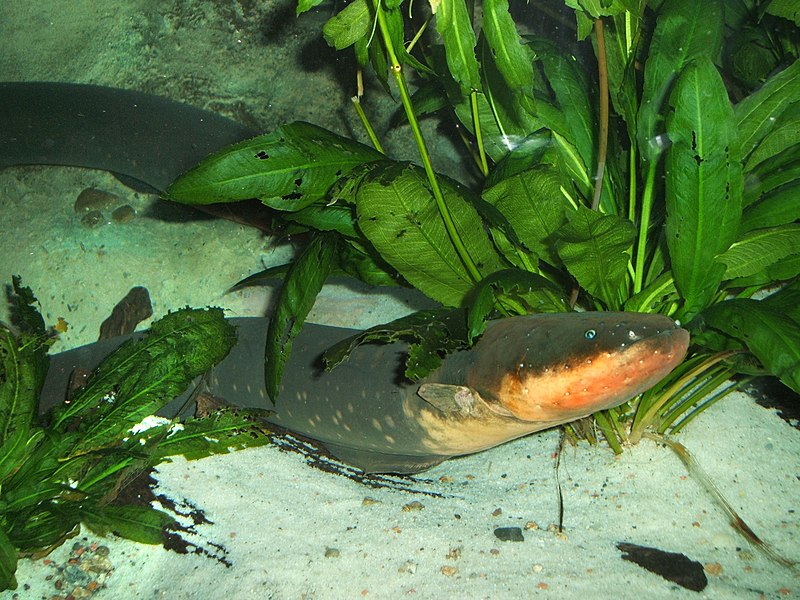News release from the University of Guelph
A surprising recent rise in atmospheric methane likely stems from wetland emissions, suggesting that much more of the potent greenhouse gas will be pumped into the atmosphere as northern wetlands continue to thaw and tropical ones to warm, according to a new international study led by a University of Guelph researcher.
The study supports calls for improved monitoring of wetlands and human changes to those ecosystems – a timely topic as the Intergovernmental Panel on Climate Change prepares to examine land use impacts on greenhouse gas emissions, says Prof. Merritt Turetsky, Department of Integrative Biology.
Turetsky is the lead author of a paper published today in Global Change Biology based on one of the largest-ever analyses of global methane emissions. The team looked at almost 20,000 field data measurements collected from 70 sites across arctic, temperate and tropical regions.
Agnieszka Kotowska, a former master’s student, and David Olefeldt, a post-doc at Guelph, also were among 19 study co-authors from Canada, the United States, the United Kingdom, Finland, Germany and Sweden.
One of the strongest greenhouse gases, methane comes from agriculture and fossil fuel use, as well as natural sources such as microbes in saturated wetland soils.
The amount of atmospheric methane has remained relatively stable for about a decade, but concentrations began to rise again in 2007. Scientists believe this increase stems partly from more methane being released from thawing northern wetlands.
Scientists have assumed that wetland methane release is largest in the tropics, said Turetsky.
“But our analyses show that northern fens, such as those created when permafrost thaws, can have emissions comparable to warm sites in the tropics, despite their cold temperatures. That’s very important when it comes to scaling methane release at a global scale.”
The study calls for better methods of detecting different types of wetlands and methane release rates between flooded and drained areas.
Fens are the most common type of wetland in Canada, but we lack basic scientific approaches for mapping fens using remote sensing products, she said.
“Not only are fens one of the strongest sources of wetland greenhouse gases, but we also know that Canadian forests and tundra underlain by permafrost are thawing and creating these kinds of high methane-producing ecosystems.”
Most methane studies focus on measurements at a single site, said co-author Narasinha Shurpali, University of Eastern Finland. “Our synthesis of data from a large number of observation points across the globe is unique and serves an important need.”
The team showed that small temperature changes can release much more methane from wetland soils to the atmosphere. But whether climate change will ramp up methane emissions will depend on soil moisture, said Turetsky.
Under warmer and wetter conditions, much more of the gas will be emitted. If wetland soils dry out from evaporation or human drainage, emissions will fall – but not without other problems.
In earlier studies, Turetsky found drying peatlands can spark more wildfires.
Another study co-author, Kim Wickland, United States Geological Survey, said, “This study provides important data for better accounting of how methane emissions change after wetland drainage and flooding.”
Methane emissions vary between natural and disturbed or managed wetlands, says Wickland, who has helped the IPCC improve methods for calculating greenhouse gas emissions from managed wetlands.
Turetsky holds a Canada Research Chair in Integrative Ecology. She and her students examine how ecosystems regulate climate in field sites in Canada and Alaska.








